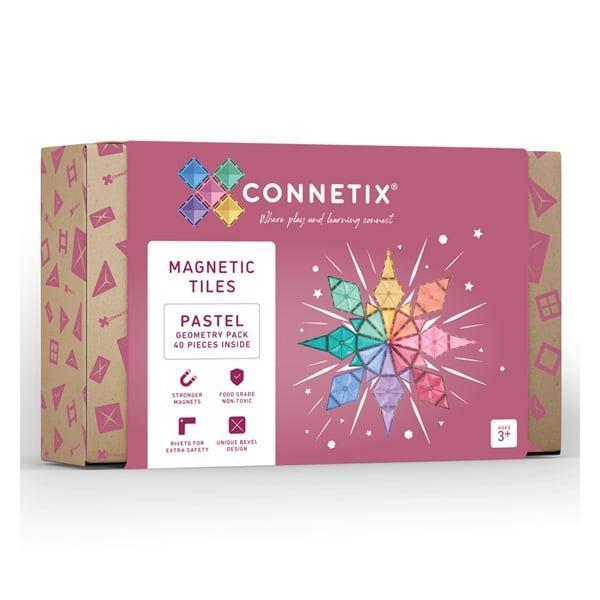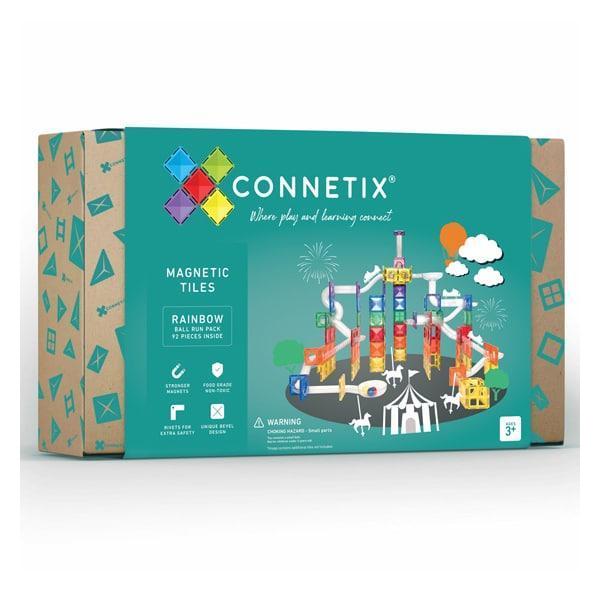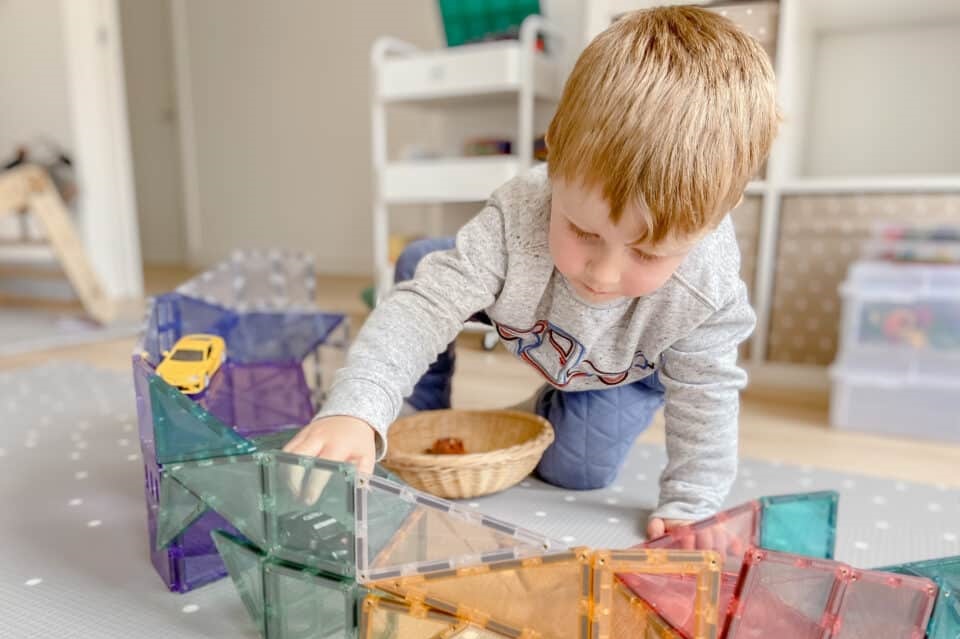
Helpful tips for Parents and Educators to Empower Children’s Play.
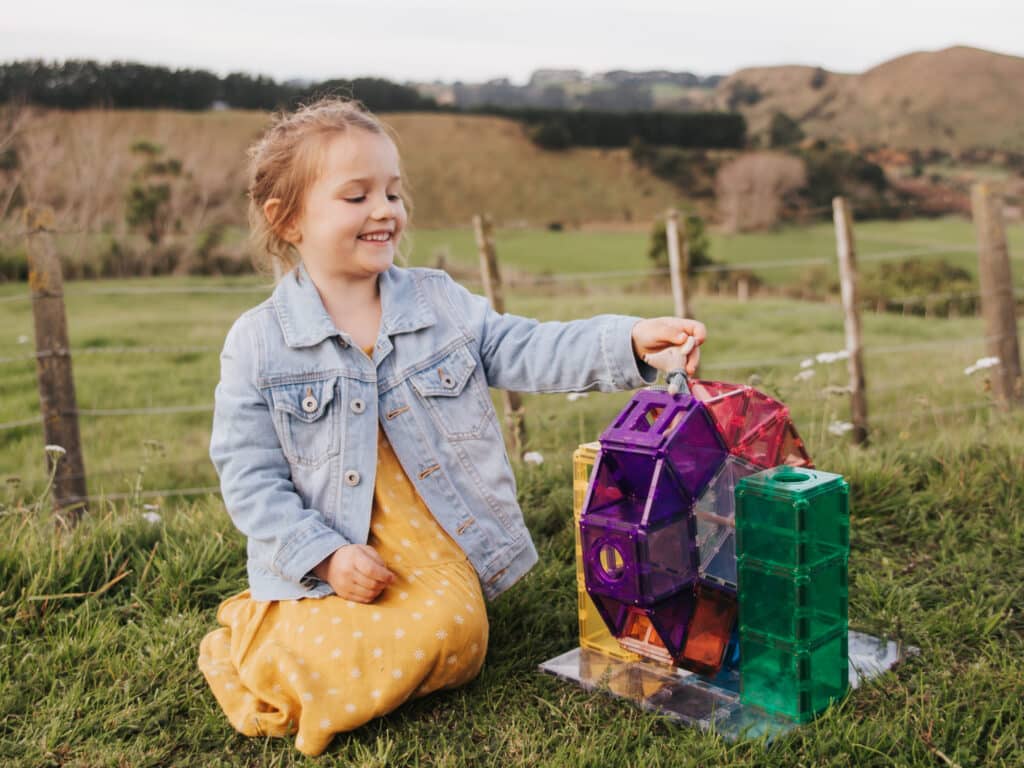
@these_little_kids_of_mine

@thecoconuttybunch
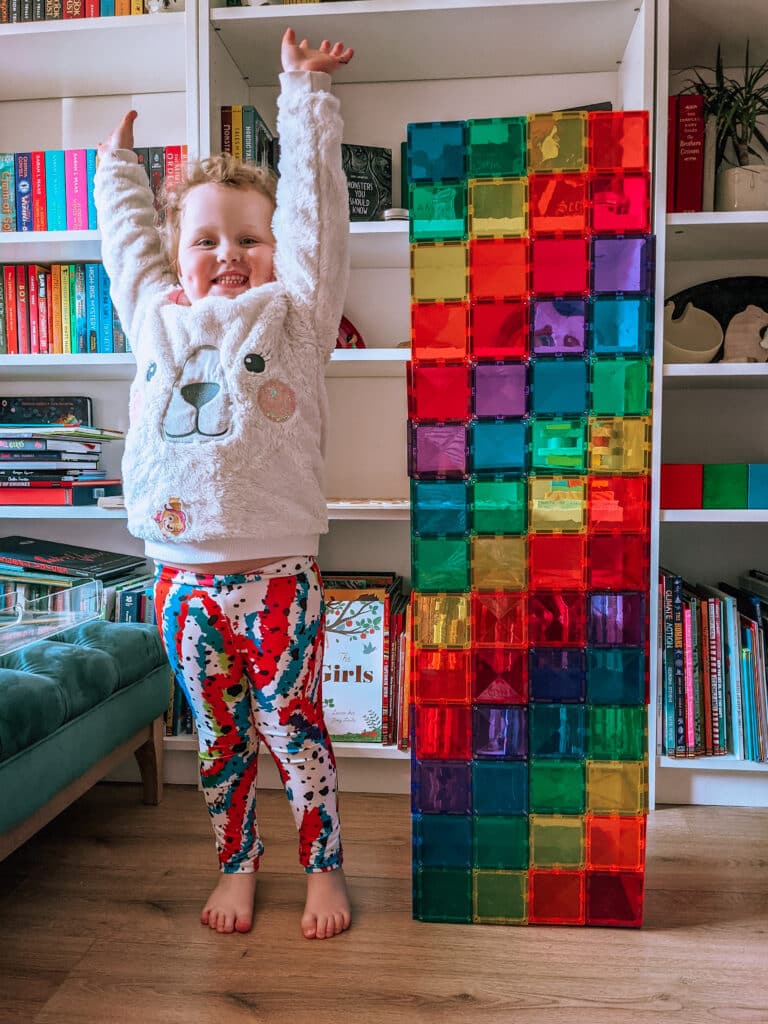
@raisingsmallreaders
How can Connetix help?
Looking for some ways that Connetix can help play empowerment? Here are a few examples of activities to help.
Did you know there are also different domains of play which we can empower children to develop? They include:
- Physical and movement
- Functional
- Constructive and symbolic
- Fantasy, imaginative and pretend
- Games with rules and social
- Storytelling and narrative

@pax.loves.knox
Physical and movement
Physical and movement play encourages your little one to build strong muscles and bones, working on coordination and balance. This isn’t just about large body movements but can also be concentration in one area of their bodies. Connetix can be used as a gross-motor obstacle course or fine motor domino run! Once again, these are just suggestions, child-led choice is so important for play autonomy!
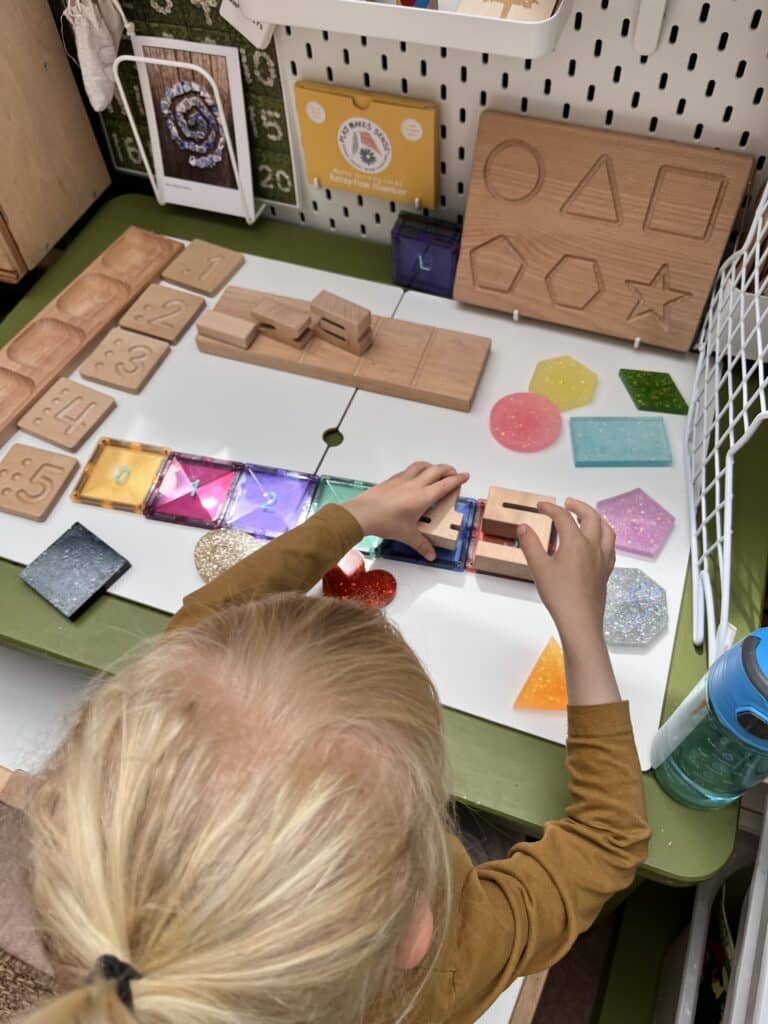
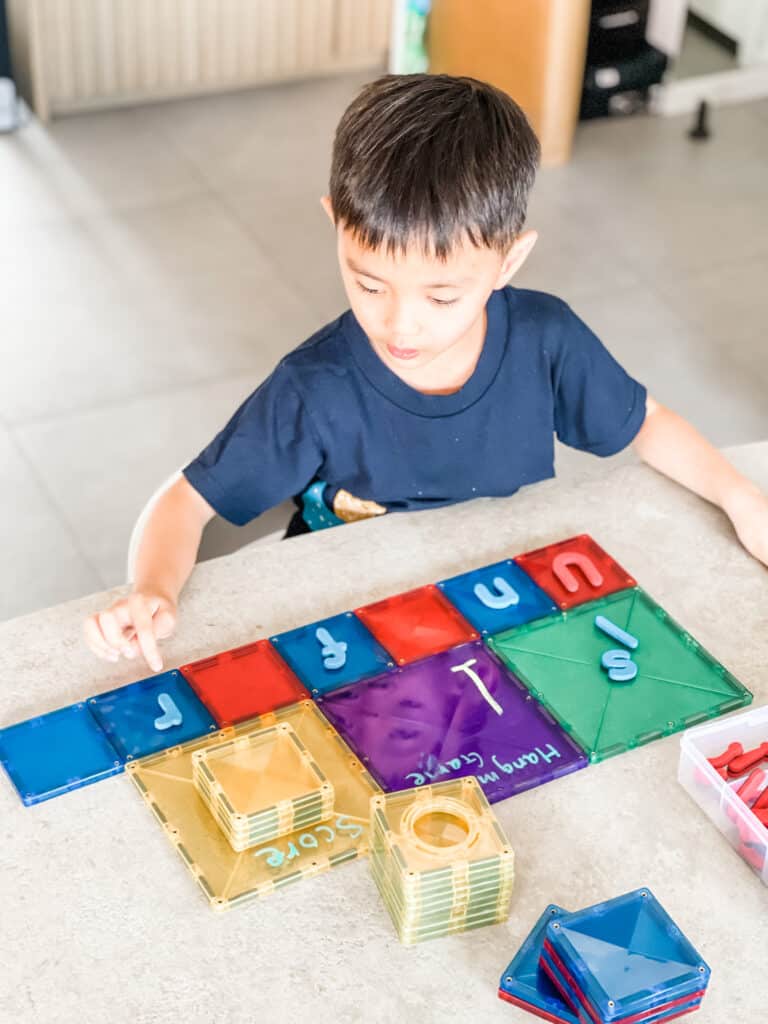
@learning_in_d
Source: Connetix Blog
Find out exciting news and more about our products every week at varia.org/blog !


